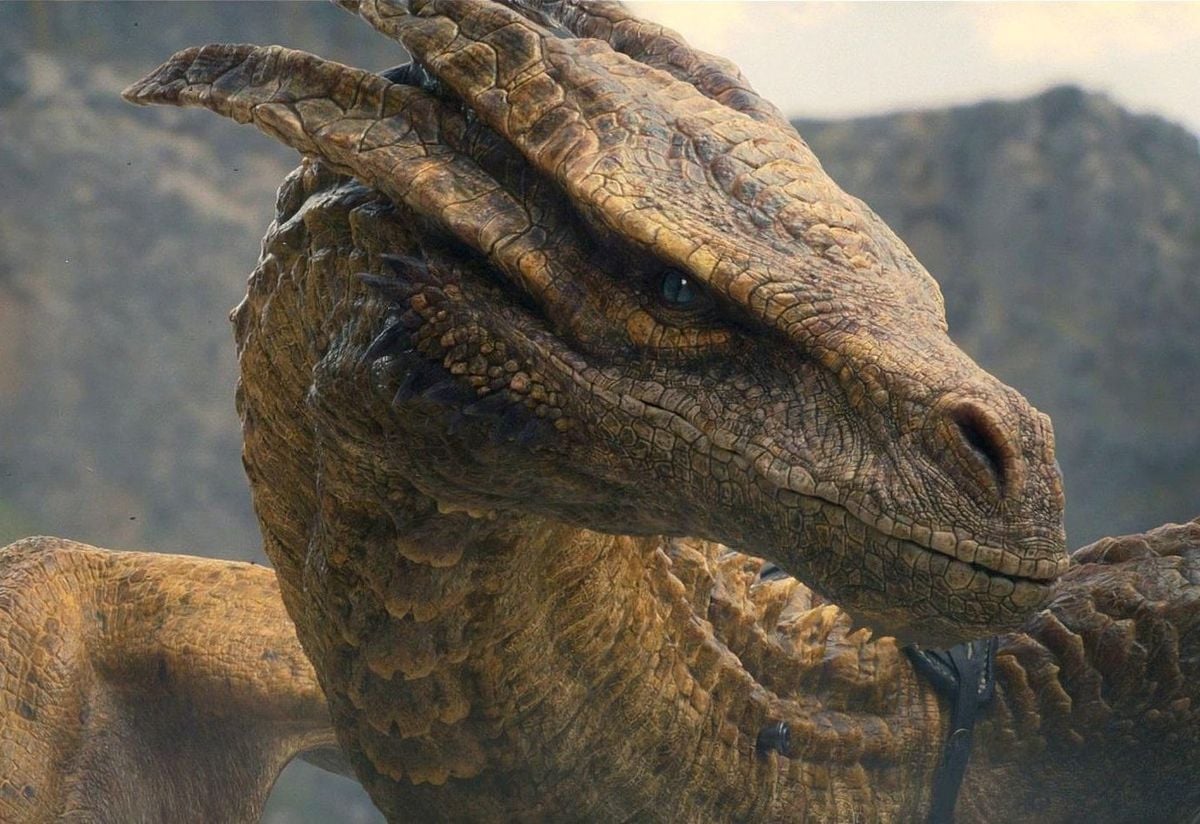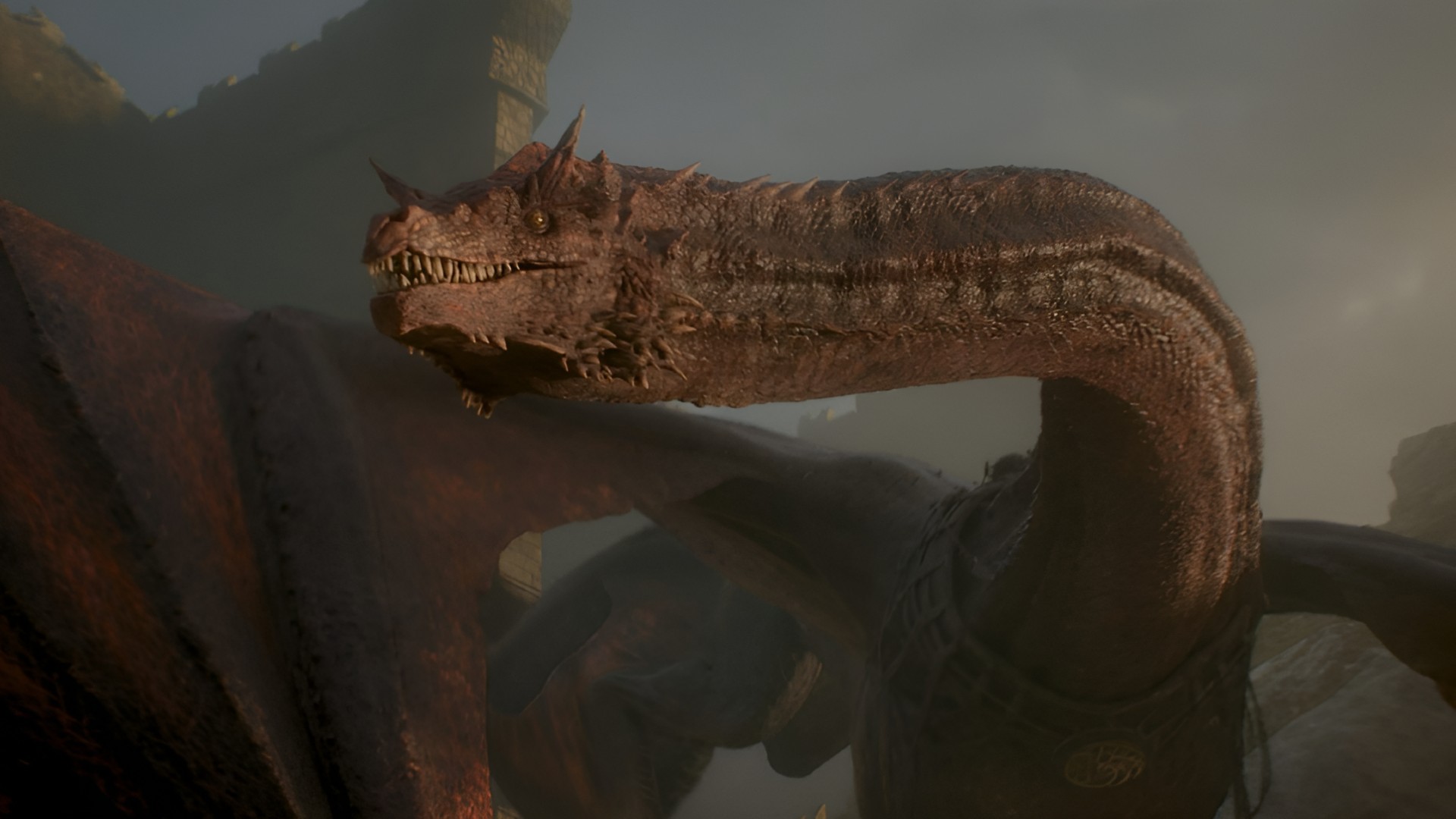(This piece contains some spoilers for Game of Thrones and House of the Dragon)
Ever since the disappointment that was Game of Thrones’ final season back in 2019, I must admit I have had very little to no interest in the world of Ice and Fire. Even back when I heard about the various spin-off shows (or as George calls them, “successor shows”) that were in development, it was hard to muster up any excitement when the bad taste season 8 had left in my and a lot of other fans’ mouths was still fresh. Nevertheless, when House of the Dragon’s first trailer came out, it at least made me aware that something new was in fact being filmed and produced, and not just being talked about. Then, on August 21st, when the first episode premiered I gave it a chance, out of a sense of morbid curiosity, thinking to myself how exactly HBO would even attempt to redeem themselves after the mess that was season eight. Well, suffice it to say, I was pleasantly surprised.
Right out of the gate, the opening narration followed by a timeskip surprised me. It was something we rarely saw back when Thrones was on the air, flashbacks or timejumps were rarely used in that series (the only two coming to mind are the Tower of Joy sequence that revealed Jon Snow’s parentage and a flashback of Cersei’s youth, and only the latter was actually a flashback, the former being some sort of weirwood timetravel). Of course, using timeskips in and of themselves is nothing extraordinary and as I’ve come to learn in the researching for this article, the source material for House of the Dragon probably needs these long timejumps (being a history book of the Targaryen dynasty, spanning over a hundred years). But what it showed me, was that the creators of HotD were not afraid to experiment and try out new things. These were new people, new filmmakers at the helm of this project and simply knowing this already made me a bit more optimistic. It is no secret that a large part of what had led to the later seasons of Game of Thrones dip in quality was the lackluster enthusiasm and writing (having run out of source material by season 6) of showrunners David Benioff and D.B. Weiss. What in retrospect functions as a sort of prologue for the rest of the first season, we find ourselves in a familiar location at the castle of Harrenhal. With narration done by one of HotD’s standout cast members Emma D’Arcy, Rhaenyra Targaryen tells us about how a council about 200 years before the events of Game of Thrones decided on who was to inherit the Iron Throne after the death of the old king Jahaerys. The Lords decided that instead of Jahaerys’ oldest descendant Rhaenys, a woman, his youngest male descendant Viserys, the father of Rhaenyra should inherit the Throne after his passing. Right away one of the major themes of the show is introduced here; that of the ways in which the patriarchal feudal society of Westeros sees women and more specifically women in power (or the prospect of one in power, anyways). The timejumps themselves also work on a thematic level, as this is not only a story about individuals, but generations of individuals and how conflicts are passed down through the generations.

The rest of the first season largely tackles how the current king Viserys, in an attempt to protect the kingdom from his impulsive brother Daemon, names Rhaenyra his heir in spite of the precedent set by the aforementioned council and Westerosi tradition, which as some keen viewers might notice, being inspired in large parts by medieval English society, is very patriarchal and misogynistic. Ensuing from that are political schemes, horrific violence (though noticeably less than Thrones) and as the first season comes to a close, we find ourselves unsurprisingly on the precipice of war. Plot-wise, we are charting similar territory with House of the Dragon, but the themes of this show set itself apart from Thrones. Dragon seems more interested in asking questions about gender, patriarchy and generational conflicts. Thankfully, because it tackles serious topics about gender and patriarchal systems (and the violence these systems inflict on women; more on that later) the gratuitous nudity and depictions of sex that were seen in its predecessor are mostly gone, or appear to have been largely subdued. One could imagine this is a result of many episodes being directed or written by women or simply the considerations the writers had for how they chose to depict these things. Needless to say, it would have undercut the serious and interesting things they could and a lot of the time do tell us about these themes, if they were in the same breath also bombarding us with nudity and sex. Let’s explore an example in the following section. If you’ve any interest in going into the series more or less unspoiled, simply do not read the next paragraph.
As previously alluded to, the depiction of patriarchal violence against women in its feudal society has become a large topic of debate specifically for the first episode of the show. It features a horrific scene, in which Viserys’ wife, the Quenn Aemma is subjected to an unconsensual C-section, in an attempt to save the babys’ life. The doctor (in-universe called a maester) and her husband prioritize the unborn child’s life over that of the mother. Although one could argue it was suggested in the episode that it really was a choice between saving his child or letting them both die, there is absolutely no excuse for what transpired on screen and it is a miracle and attest to the writers (and Paddy Considine’s terrific performance) of House of the Dragon that the character of Viserys, who subjects his wife to the procedure, is not despised by all viewers by the time House of the Dragon wraps its first season. Aemma herself previously states in the episode, that the childbed is a woman’s battlefield, and the scene beautifully intercuts between the gut-wrenching procedure and a knight’s tournament held in honor of her baby’s (the supposed future king) birth. The scene perfectly blends cinematography with storytelling and it is a large part why I was so impressed with the first episode to the point where I would eagerly await each new episode every week. The function of birthing heirs to the point where it endangers women’s bodily autonomy and health, just like training men to be violent monsters are both products of the patriarchal feudal society these characters inhabit and I was genuinely impressed by the way in which the filmmakers conveyed this idea to the viewers. However, many viewers took issue with the fact that the show didn’t shy back from showing the whole procedure, instead of cutting away just as it started. While there is a point to be made that it borders on gratuitousness, even though I have in this review praised the show for its lack of gratuitous nudity and that it may be in poor taste, unnecessary or even going so far as to cause a traumatic response in some viewers, I firmly believe that the scene knew that it would be extremely uncomfortable to watch and that in even causing this debate achieved its purpose. We are supposed to feel disgusted by what we are watching and the horrificness of the scene accentuates the point the show is trying to get across. This system is broken, it causes the people who buy into it to do horrible things to the ones they love, even if they might be good people. Viserys, through the rest of the season embarks on a redemption of sorts by firmly standing behind his daughter after this point. Viserys’ actor Paddy Considine even alludes to this in an Instagram post (although rather than redemption, he suggests that Viserys never forgives himself after what he did, but you get the point. Here’s the post if you care to have a look: https://www.instagram.com/p/CjmmpZpNquJ/) and the character himself says he named Rhaenyra heir out of a sense of guilt.
![Spoilers Extended] King Viserys I Targaryen and Queen Aemma Arryn : r/asoiaf](https://preview.redd.it/ofqsrfg8hhi91.jpg?auto=webp&s=f2351124a3dbc9eb695e0acef3c7eca8819626d9)
Apart from the standout scene in episode one, House of the Dragon also contains three more birth scenes. So the C-section, along with the rest of these scenes really drive home the point that this system exploits women’s bodies, but they also remind us of the more positive aspects: Rhaenyra also has a birth scene with a positive outcome (as positive as it gets in this world, anyways) and the show is content to show both the unbridled happiness that comes from the birth of a child, but also the more realistic aspects of delivering a child. Furthermore, Rhaenyras identity as a mother (an identity she shares with her childhood friend-turned political rival Alicent) is also what eventually plays into the themes of generational conclict: What internalized conflicts and beliefs does Rhaenyra imprint on her children and what does it mean for the world she lives in? All of these questions and more are what made House of the Dragon a truly intersting watch. Oh and there’s also dragons if anyone cares about those!
On a final note, House of the Dragon offers riveting dynastic politics, questions about gender and patriarchy and last but not least DRAGONS. In Game of Thrones, the dragons were more or less interchangeable, differing not that much from each other apart from color. Writer George Martin (who appears to be a bit more involved in the creative process this time around) mentioned in an interview that one of the aims for this series, compared to Game of Thrones, was to portray the dragons with more individuality. Even only looking at the first episode, one can see that this aim was achieved with flying (excuse the pun) colors. The two dragons featured in the first episode, Caraxes and Syrax, could not be further apart in terms of appearance.

The she-dragon Syrax, on the one hand, is an elegant gold/yellow dragon, with highlights of red on her spine, while the dragon of the Rogue Prince, Daemon is a crimson monstrosity with an absurdly long neck. And without going too much into what else the dragon department has to offer, the other dragons that appear sporadically throughout the series keep up this variety.

So, if you’ve any doubts still about whether to give House of the Dragon a go, take it from this once disillusioned fan: Much how this prequel is far removed from Game of Thrones in time (a whopping 180 years!), it appears that between its predecessors unfortunate fall from grace and now, the creators of HotD definitely took good advantage of this time and delivered one of the best seasons of television I’ve had the pleasure of experiencing in recent years. House of the Dragon gets my wholehearted recommendation!
(All rights for the pictures featured in this article go to HBO)